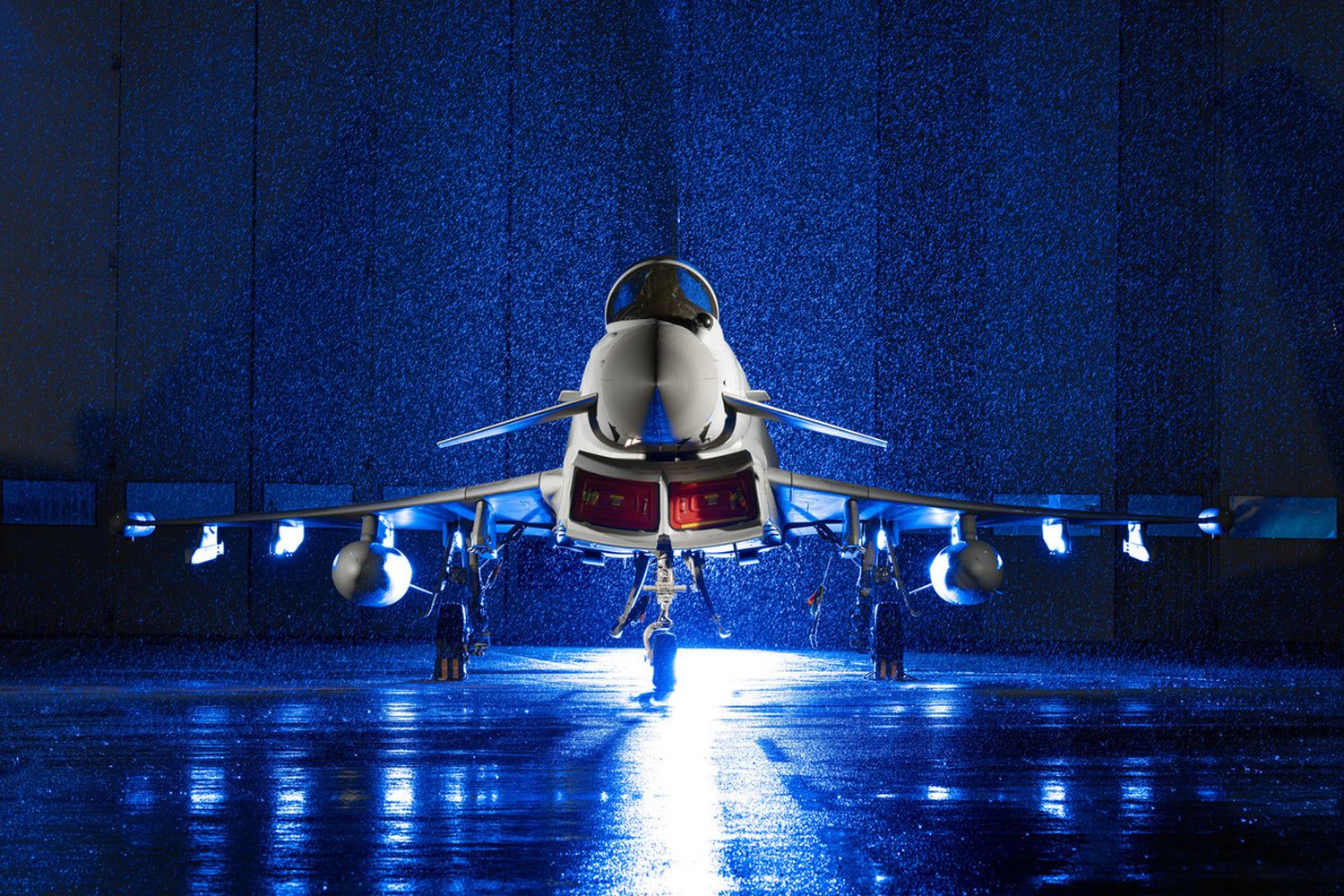The UK Ministry of Defense published its Defense Equipment Plan 2022 – 2032, more austere than the one published last year, as a result of the current unfavorable economic situation in the UK.
This is the tenth annual summary of the UK Ministry of Defense’s plans that anticipate the strategy for future purchases of weapon systems for the next ten years. This year’s equipment investment plan shows a deepening of the trend towards modernization, but with austerity, and in the pursuit of maximizing existing resources, with respect to the plan presented last year.
Summary of the Equipment Plan 2022-2032
P-8A Poseidon
In January this year, the ninth and final Boeing P-8A Poseidon MRA 1 maritime patrol and anti-submarine warfare aircraft arrived on British soil. As of April 11, the RAF assumed responsibility for the delivery of all Poseidon weapon system training from RAF Lossiemouth, where the nine P-8As operate.

On June 30, the Poseidon MRA 1 fleet reached its «Interim Capacity» and is expected to achieve full operational capacity by 2024.
E-7 Wedgetail AEW Mk1
The program is currently in the manufacturing phase with two Wedgetail aircraft undergoing modification at STS Aviation’s Birmingham Airport facility. The third aircraft will arrive at STS Aviation in July this year.

Due to inflation affecting all countries, there is a generalized rise in costs across the program, affecting construction and aircraft parts procurement, worsened by exchange rate uncertainty. Final costs for the Wedgetail program will be made public during the second quarter of 2023.
Due to inflation affecting all countries, there is a generalized rise in costs across the program, affecting construction, aircraft parts procurement, worsened by exchange rate uncertainty.
Final costs for the Wedgetail program will be made public during the second quarter of 2023. From the UK MoD are hopeful that the announcement of the US intention to procure the E-7, replacing its E-3 AWACS, will help keep the program costs within sustainable limits.
F-35B Lightning II
Fifth-generation Lockheed Martin F-35B fighters (short takeoff and vertical landing version) will continue to be procured to form the 809th Naval Air Squadron by 2023 and 2024. The intention is to have two air wings embarked by March 2025, aboard the aircraft carriers HMS Queen Elizabeth and HMS Prince of Wales.
Typhoon modernization
The Royal Air Force (RAF) is currently undertaking a modernization effort of its fleet of Eurofighter Typhoon fighters. The program covers tranche 2 and 3 aircraft. The older tranche 1 aircraft will be deprogrammed, as their modernization is considered uneconomical.
Tranche 2 aircraft will receive a software and hardware upgrade to improve, in particular, their mechanical radar characteristics. Tranche 3 aircraft will receive a new AESA radar, the ECRS Mk2.
The ECRS Mk2 is being developed by Leonardo UK to RAF specifications and is being touted as one of the most modern and capable radars in the world.
The program is progressing at the expected pace, with the prototype undergoing ground testing and the production system design being defined. Leonardo UK will deliver a first ECRS Mk2 radar to the RAF in the coming months.
Following completion of integration activity and ground testing, the new AESA system is expected to begin its flight test campaign towards the end of 2023.
FCAS/Tempest Program
One of the UK’s major defense programs is the FCAS/Tempest next-generation air combat system, which has a substantial portion of its future development budget committed.

The program is progressing well and work is well underway in the assessment phase to define and begin system design (this is not just a new fighter aircraft, but an integrated combat system), mature the technologies, invest in the skilled personnel and secure the digital design infrastructure to move rapidly towards an entry-into-service date, which is now forecast for 2035.
The UK has been conducting concept reviews with its Japanese and Italian partners to understand areas of common interest and pool efforts. With Japan, work was done on jet engine technologies and advanced sensors, and collaboration with Italy was on basic concept designs. All this work led to the eventual merger of the European FCAS/Tempest programs (UK and Italy) with the Japanese F-X, which should reduce overall costs for the partners.
A400M Atlas
The Royal Air Force has already taken delivery of 21 of the 22 A400Ms ordered from Airbus Defence and Space. Following the early decommissioning of the C-130J Super Hercules fleet, the option of buying more A400Ms from Airbus had been considered, but this option was eventually discarded, due to lack of sufficient funds.

Instead, Air Command is developing an affordable option to improve the availability of the existing A400M Atlas fleet.
All in all, the programs that the UK MoD considers to be of greatest strategic value, continue without too many surprises, but certain forecasts were changed with respect to the Defense Equipment Plan 2021 – 2031, in particular because of the economic impact that BREXIT and the Russian invasion of Ukraine is generating on the UK economy.




Comentarios
Para comentar, debés estar registrado
Por favor, iniciá sesión